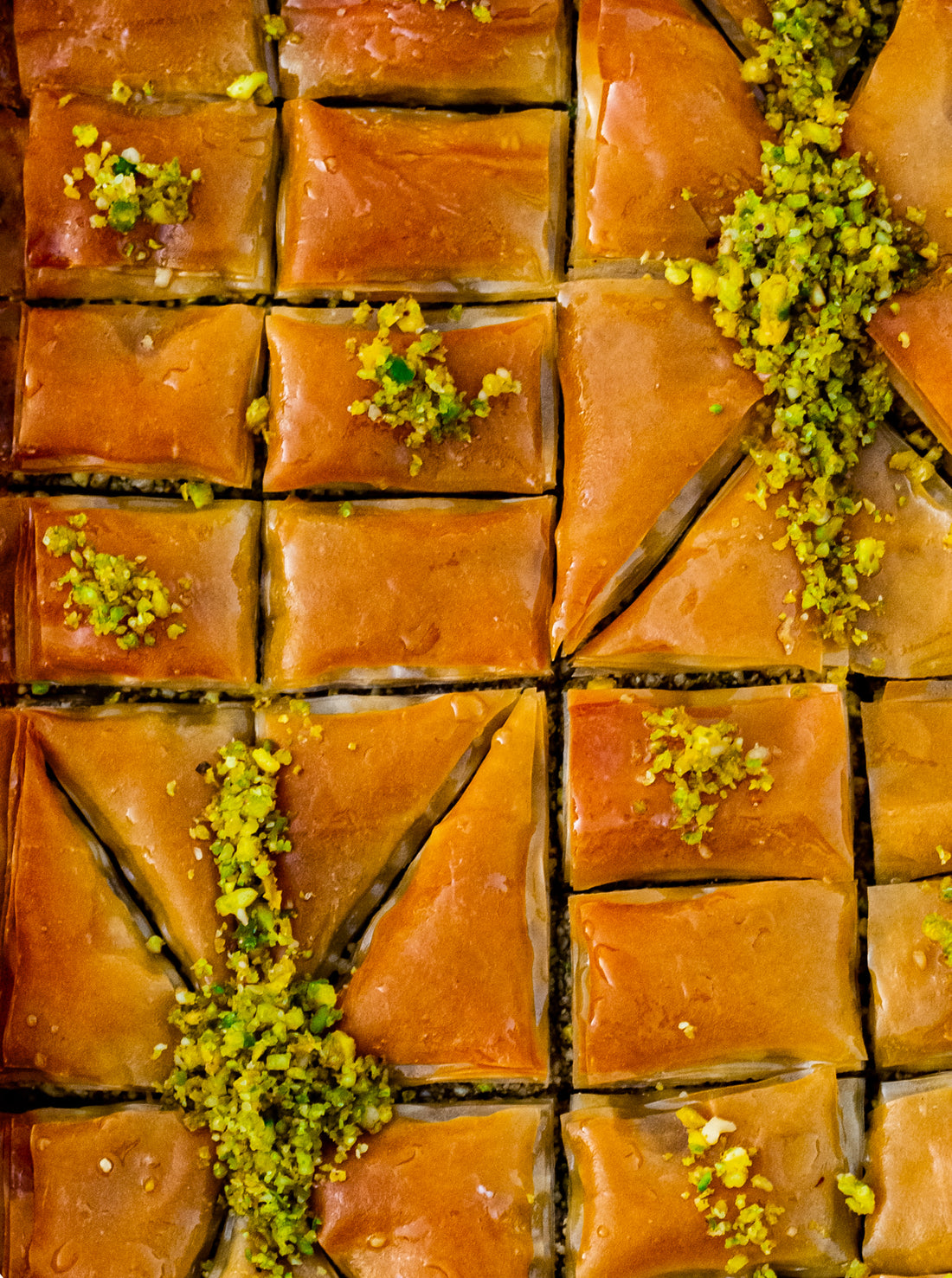
Fine Dining or Ethnic? The bias within our kitchens.
Share
If you venture down to the centre of any major city, it is not uncommon to find a web of narrow streets containing a variety of different South East Asian food businesses which we would all know as the ‘China Town’. Not too far from any China Town there will be scatterings of European, and fine dining restaurants which make up the high end food bloggers reputation of food within said city.
I have often wondered why it is the case, for instance, that a veteran Chinese chef will spend years perfecting the craft of Peking Duck. Carefully the skin is separated, the duck is hung, glazed, dried, and roasted in an intricate manner. However, Peking Duck amongst many other dishes in Chinese cuisine will be revered as an ‘ethnic’ food, and not viewed in the same category as a Beef Wellington which is seen as a luxury.
I have drawn similar observations on dishes from many non Western countries. Take Mahshi for instance, a very popular dish across the Middle-East, North Africa and the Balkan/Mediterranean regions which involves stuffing and steaming primarily vegetables. I remember the first time I tried my Mother in Law’s stuffed chicken (Jaaj Mahshi) and was blown away by how intricate the steps taken were, to ensure the rice is perfectly cooked, and stuffed underneath the skin of a whole chicken - which still managed to remain crispy! How would this fare up to a Chicken Kiev for instance. Would you imagine them holding the same place at a fine dining banquet or a business conference dinner? Or would one be favoured over the other, despite being less complex in its creation?
The algorithm is a peculiar, often repeated one, whereby a dish from a non Western country has a similar complexity/margin for error than a dish from a Western country, but is not held to the same standard and branded as ‘ethnic’ or ‘street food’. Jollof rice or Biryani in my opinion, is just as difficult to get right as risotto. Vietnamese Pho is just as complex and time consuming as French Onion Soup. An authentic Baklava recipe stands its ground against a French Mille-Feuille. What is the difference? The former dishes will be branded as ethnic, exotic, street food, comfort food, while the latter will be revered as sophisticated, complex, haute cuisine.
So where does this mental distinction come from? To answer this I have often leaned towards Orientalism, a theory developed by Edward Said. In the 1978 book, Said writes about the way the Western world cultivates a view on ‘The Orient’ such that it views Western civilisation as advanced and civilised, whereas its Eastern counterpart as ‘the other’. While this theory is understood by many of us through constant bias within news headlines, or through the socio-political realm. If we apply this understanding to wider society, we can really see how much this subtle way of thinking shapes the food world as well as many other aspects of our culture.
There are many critics who would suggest that the theory of Orientalism is no longer valid today, that society has moved on, that articles like this perhaps would seek to stoke a fire which does not exist. However, we are given constant reminders that society is still plagued by this mindset. Take the recent controversy on the Canadian Dragon’s Den for instance where two Quebec City based Entrepreneurs pitched ‘Bobba’, a brand which sought to combat the ‘unknown’ ingredients found in traditional Boba. Simu Liu’s criticism of cultural appropriation was entirely valid and well articulated. This alongside the global outrage, caused the company to lose it’s investment and issue an apology. However, we must look further into why the couple thought in this way in the first place. It is surely the same subconscious bias that led to the rise in claims against the use of MSG in South East Asian cooking.
It essentially comes down to this idea that non-Western countries do not know what is good for them. It is for the civilised West to introduce healthier, higher quality renditions of these Eastern foods in order for them to be considered palatable for Western civilisation. This is especially ironic given that many wellness trends via supplements or cooking techniques which we see nowadays in the West, are rebranded concepts which have been held as common practice by generations of non-Western countries.
The purpose of this article is not to create a division, or to shout into an echo chamber. On the contrary, I trained in culinary school with many of these cuisines which I love (Risotto is one of my favourite go to meals). Rather, it is to encourage a shift in our own mindsets when it comes to the way we view cuisines around the world.
Growing up I saw that often, people shied away from being proud of their ethnic foods in front of their English classmates. This is something that is certainly changing now with the increase in representation through social media. We must continue to be very intentional in the way that we speak about and represent our cultures through the medium of food. Through this vehicle, a wider sense of respect can be commanded towards ethnic cultures of which we will surely see a benefit in other aspects of our societal involvement.
